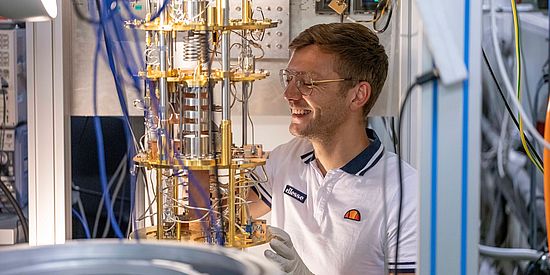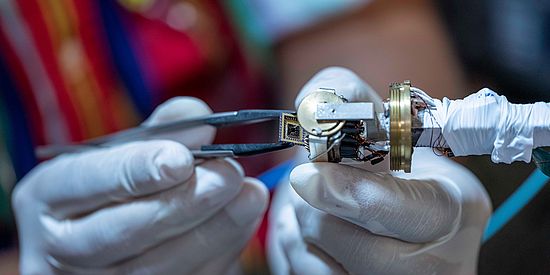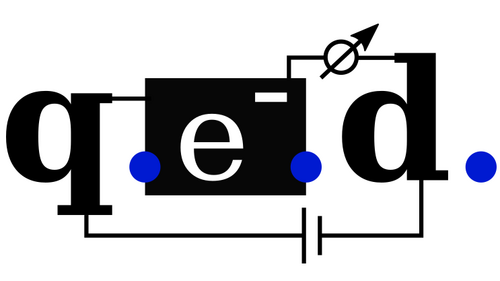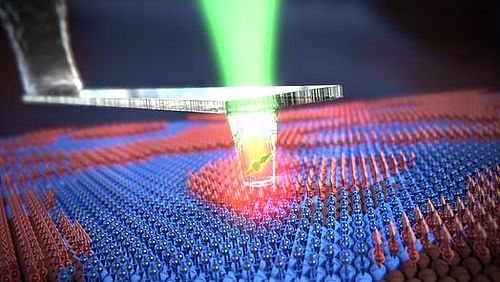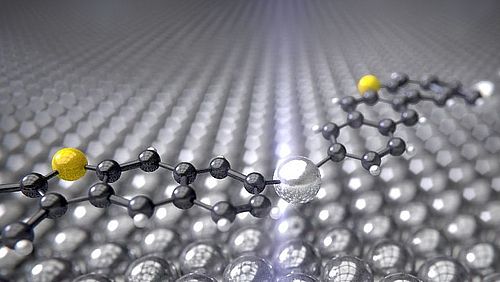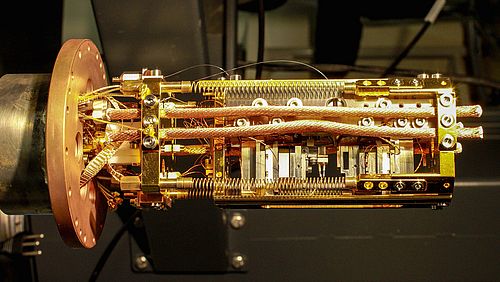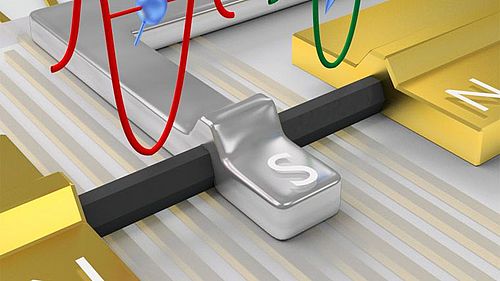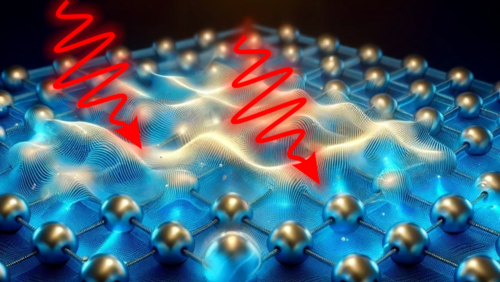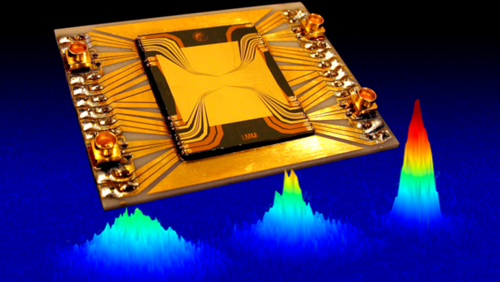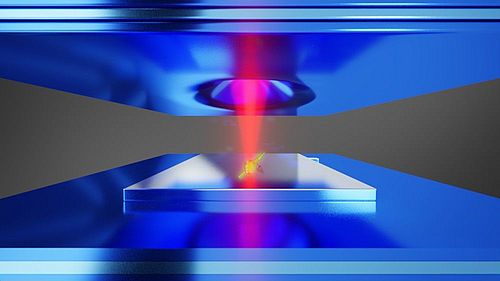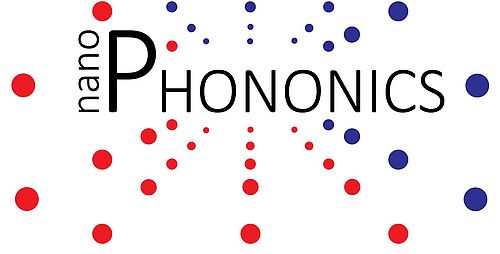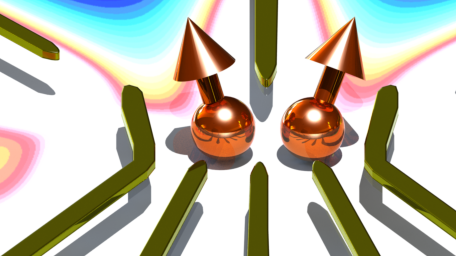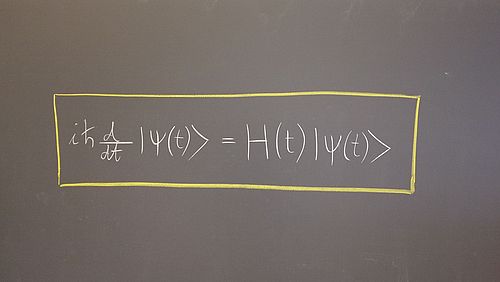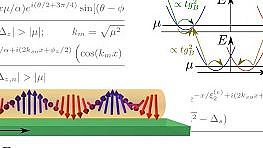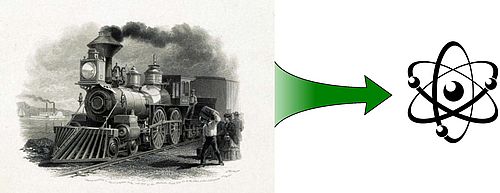Nanophysics
Nanophysics and all nanoscale sciences have been strongly on the rise for over twenty years and promise many more groundbreaking developments.
The nanoworld is a land of dwarves: we are fascinated by the smallest functional structures making up matter, whose size is on the order of a nanometer - a billionth of a meter. The laws of the nanoworld are different from those governing our everyday experience. Quantum effects are important in most materials and give rise to different properties than we are familiar with on a macroscopic scale.
Nanophysics forms the basis of many phenomena in medicine, life sciences and chemistry, and represents an important interface to these sciences.
We experimentally explore the electronic and optical properties and the surfaces of a variety of interesting and novel materials. This research is based on the development and continuous refinement of nanoscale imaging techniques whose resolution is reaching the atomic scale. Our know-how feeds into new materials and diverse areas of technology: nanoscale sensing devices, tools for medical diagnostics, energy efficiency and storage and solar technology.
Quantum Technology
Randomness and uncertainty as the basis for a technological revolution.
The phenomena of quantum physics can be observed with electrons, atoms or photons and in condensed-matter systems such as metals or semiconductors, which play an important role in our everyday life. In the quantum world, we observe many fascinating and at first sight unusual phenomena - such as quantum particles that can be in a superposition of different locations at the same time, or quantum jumps whose exact point in time is fundamentally random. As puzzling as these phenomena may seem, we are already seeing signs that they will form the basis for a revolution of modern technology. There is almost no other field of science where pure basic research and technological applications of revolutionary impact are so seamlessly intertwined.
A hot topic is the fast growing field of quantum computing and quantum technology. This field unites quantum physics with information technology, to develop, among other things, ultra-fast supercomputers and new measuring instruments that will revolutionize many areas of science, communication and the internet. Researchers in our Department explore many important fields of quantum physics, such as the solid-state physics of metals, superconductors, semiconductors, magnets, graphene, quantum Hall and topological systems, low temperature physics, scanning probe physics, nano and quantum optics, as well as the quantum physics of ultracold atomic gases.
Quick Links


